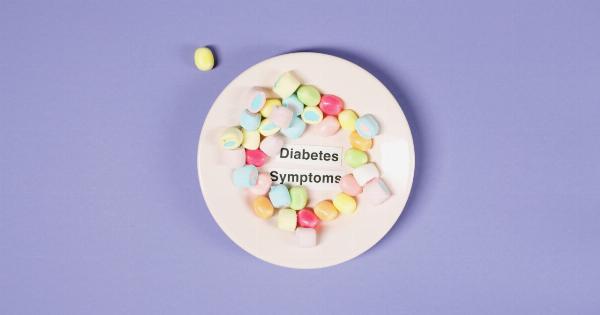Thrombosis, a condition characterized by the formation of blood clots within blood vessels, is a serious and potentially life-threatening condition.
In recent years, there have been several high-profile cases of thrombosis that have raised concerns and elevated the risk associated with this condition. This article examines five such cases and explores the factors that contribute to an increased risk of thrombosis.
1. Case Study: Birth Control Pills
One of the most widely known cases of thrombosis involves the use of birth control pills. These pills contain hormones that can increase the risk of blood clot formation.
Women who are already at a higher risk, such as those with a family history of blood clotting disorders, are particularly vulnerable. It is important to discuss the potential risks with a healthcare professional before starting any form of hormonal contraception.
2. Case Study: Air Travel
Long-haul flights can also pose a risk of thrombosis, commonly known as “economy class syndrome.” Sitting in cramped seats for prolonged periods can hinder blood flow and contribute to clot formation.
This risk is especially high for individuals who already have underlying health conditions or a history of thrombosis. Taking regular breaks, staying well-hydrated, and performing simple leg exercises during flights can help mitigate the risk.
3. Case Study: Surgery
Surgical procedures, especially those that involve major veins or prolonged immobilization, can significantly increase the risk of thrombosis.
The use of compression stockings, early mobilization, and prophylactic anticoagulant medications are commonly employed to minimize this risk. It is crucial for healthcare professionals to assess each patient’s individual risk factors and take appropriate preventive measures.
4. Case Study: COVID-19 Vaccines
In rare cases, certain COVID-19 vaccines have been associated with an increased risk of thrombosis.
Specifically, the AstraZeneca and Johnson & Johnson vaccines have been linked to a condition called vaccine-induced immune thrombotic thrombocytopenia (VITT). While the overall risk of developing VITT is extremely low, it is essential for individuals to be aware of the signs and symptoms and seek prompt medical attention if necessary. The benefits of vaccination still far outweigh the potential risks.
5. Case Study: Genetic Predisposition
Some individuals have an inherent genetic predisposition to thrombosis. Inherited conditions, such as factor V Leiden mutation or protein C or S deficiency, can significantly increase the risk of blood clot formation.
It is crucial for individuals with a family history of such conditions to undergo appropriate genetic testing and take necessary precautions to minimize their risk, especially during situations known to elevate thrombosis risk.
Conclusion
Thrombosis is a condition that can have serious consequences if left untreated.
While there are certain situations that elevate the risk, such as the use of certain medications, air travel, surgical procedures, COVID-19 vaccines, and genetic predisposition, it is essential to remember that the overall risk of developing thrombosis in these cases is relatively low. By being aware of the potential risks and taking appropriate preventive measures, individuals can minimize their chances of developing this dangerous condition.





























